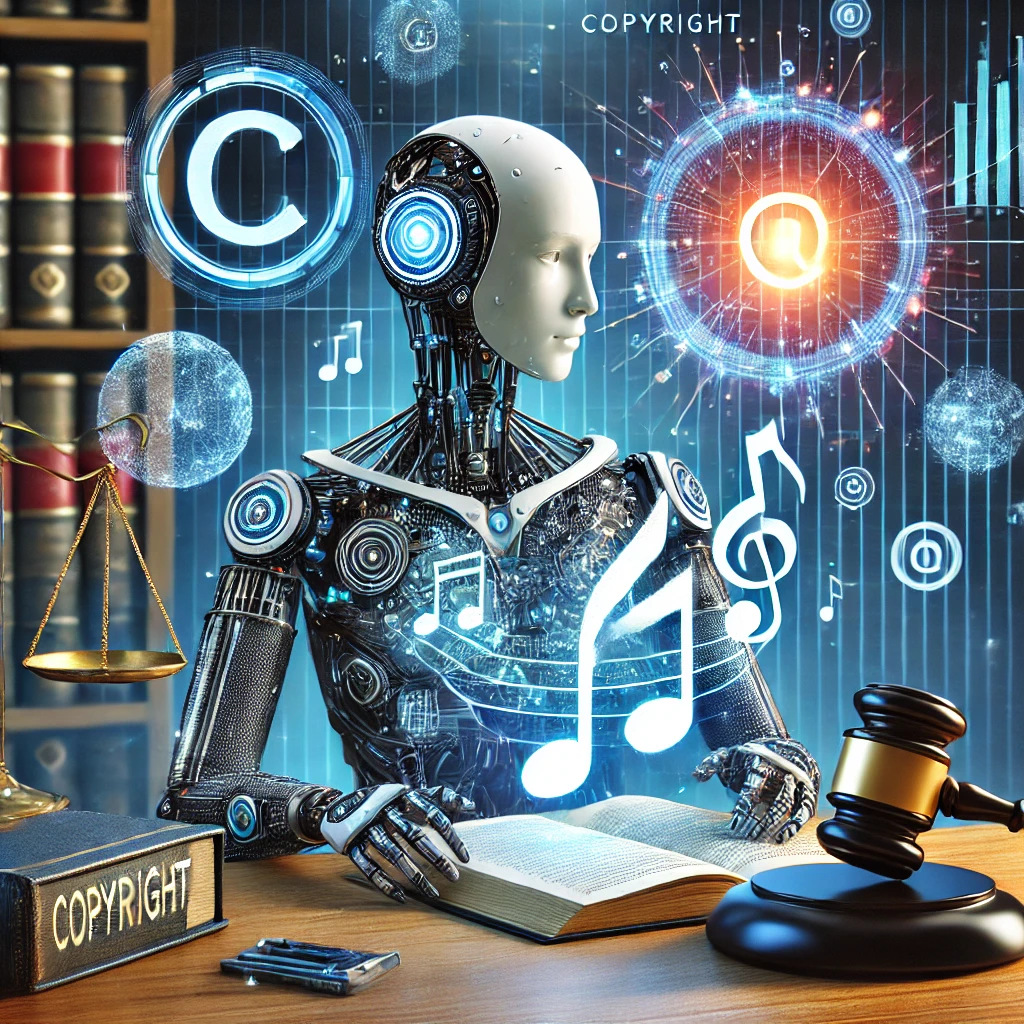
AI technologies are developed in terms of generative models to an extent where such content generated might look similar to the one written by a human. Such generative models operate based on big data sets, many times extracted from the works themselves, allowing new content to be created based on the learned pattern and structure.
**Navigating Copyright Challenges in the AI Era: A Guide for Content Creators and Developers**
Artificial intelligence (AI) is a powerful tool for content creation across text, images, music, and video mediums in today’s rapidly evolving digital landscape. Although AI provides great opportunities for innovation and efficiency, it poses a significant challenge to copyright infringement and the protection of intellectual property (IP). This article explores the intricacies of copyright in the age of AI, providing insights for content creators and developers on how to protect their creations.
Content Generation Rise with AI
For More Updates & Regular Notes Join Our Whats App Group (https://chat.whatsapp.com/DkucckgAEJbCtXwXr2yIt0) and Telegram Group ( https://t.me/legalmaestroeducators ) contact@legalmaestros.com.
AI technologies are developed in terms of generative models to an extent where such content generated might look similar to the one written by a human. Such generative models operate based on big data sets, many times extracted from the works themselves, allowing new content to be created based on the learned pattern and structure. AI can actually compose music, write articles, create artworks, or even develop some lines of code for software programs.
Such capabilities do raise critical questions about ownership and originality. Who owns a copyright for a piece of music composed by an AI? The developer of the AI, or the user who is prompting its creation, or perhaps it falls into the public domain? These are questions being hashed out in current legal and ethical debates.
**Copyright Infringement Concerns
This concern is one in which AI models seem to inadvertently infringe on already existing copyrights: because these models are trained on large datasets, which may include copyrighted material, the generated content may be substantially similar, infringing on existing copyrights.
For instance, if an AI model trained on a dataset that comprises copyrighted texts creates a passage very similar to a previously created work, then that is considered a derivative work and would need permission from the original author. Using copyrighted material in training datasets without authorization further complicates matters because it could constitute infringement even before any new content is generated.
**Legal Perspectives and Challenges**
The legal framework regarding AI-generated content is still developing, and the jurisdictions are different in handling such issues. In India, for example, the Copyright Act contains certain exceptions under the doctrine of fair dealing, allowing for the limited use of copyrighted material without the authorization of the owner for purposes like research, private study, criticism, or review. However, whether these exceptions can be applied to AI-generated content remains uncertain and subject to judicial interpretation.
There have been cases around the world where content creators have sued AI developers. For example, Indian digital news firms owned by influential business people have filed a lawsuit against OpenAI, claiming that the company used copyrighted content from their news websites without permission to train its AI tool, ChatGPT. This case shows the growing tension between AI development and the protection of intellectual property rights.
**Protecting Intellectual Property in the AI Era**
Given the evolving landscape, content creators and developers must proactively protect their intellectual property. Here are some strategies to consider:
1. **Understand the Legal Framework**: Familiarize yourself with the copyright laws in your jurisdiction, including any exceptions or limitations that may apply to AI-generated content. Staying informed about legal developments can help you navigate potential risks.
2. Implement Technical Measures : Use technologies such as watermarking and metadata embedding that will make an assertion of ownership and prove your work usage in case someone violates your rights.
3. Make Clear Agreements: In all dealings with AI developers or while using AI tools, make sure there are explicit terms and conditions stating the ownership and rights of use on the content that AI may create.
4. Advocate for Policy Development: Engage with industry groups and policymakers in developing regulations that balance innovation and the protection of intellectual property rights. Your voice can help in shaping a just and fair framework.
**The Future Ahead
It is high time that content creators and developers keep watch on the transformations wrought by AI into the very landscape of their creativity with respect to copyrights. A careful understanding of the law, effective safeguards, and the involvement in decision-making regarding such policies would all help to cope with the emerging challenges of an AI age, ensuring one’s own intellectual property safety.
In conclusion, while offering a plethora of exciting possibilities in creativity and efficiency, AI is also poised to demand a critical review of existing legal frameworks so that original creators’ rights are respected and protected, even as technology changes, approaches to intellectual property have to adapt in fostering innovation and creativity without any inhibitions.
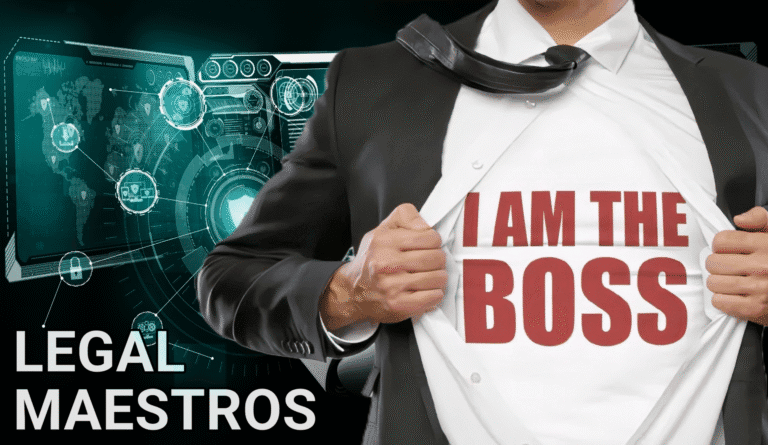

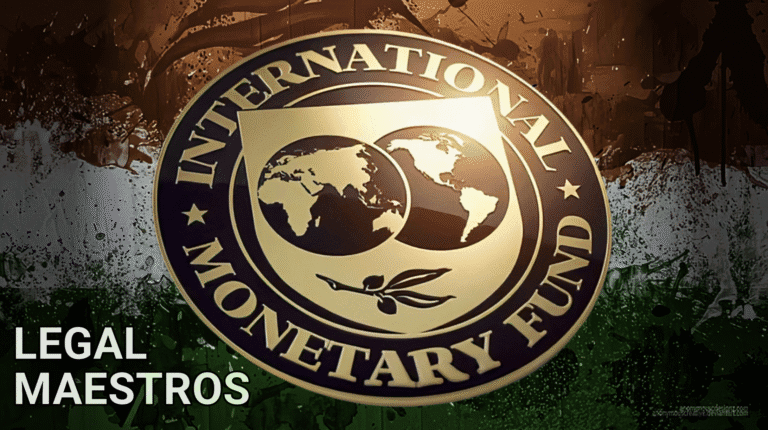
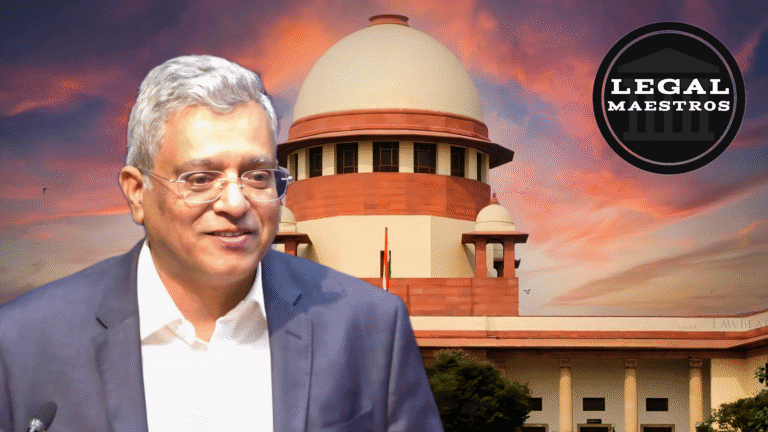

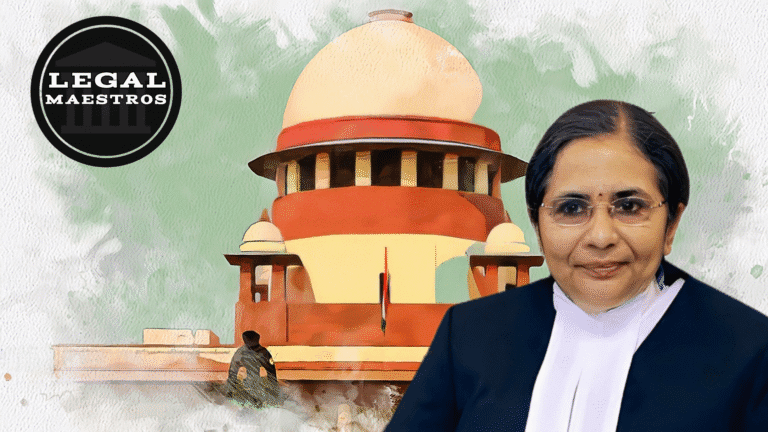
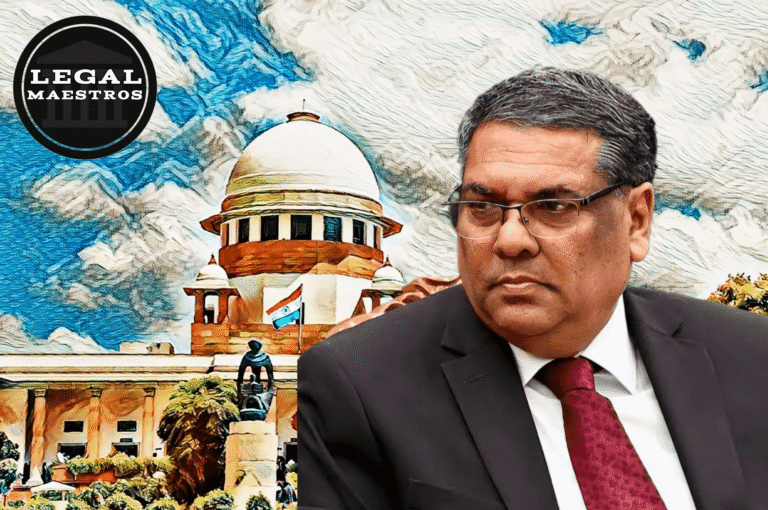
1 thought on “Exploring Copyright Infringement Risks in the Age of AI: What Content Creators and Developers Need to Know About Protecting Intellectual Property”